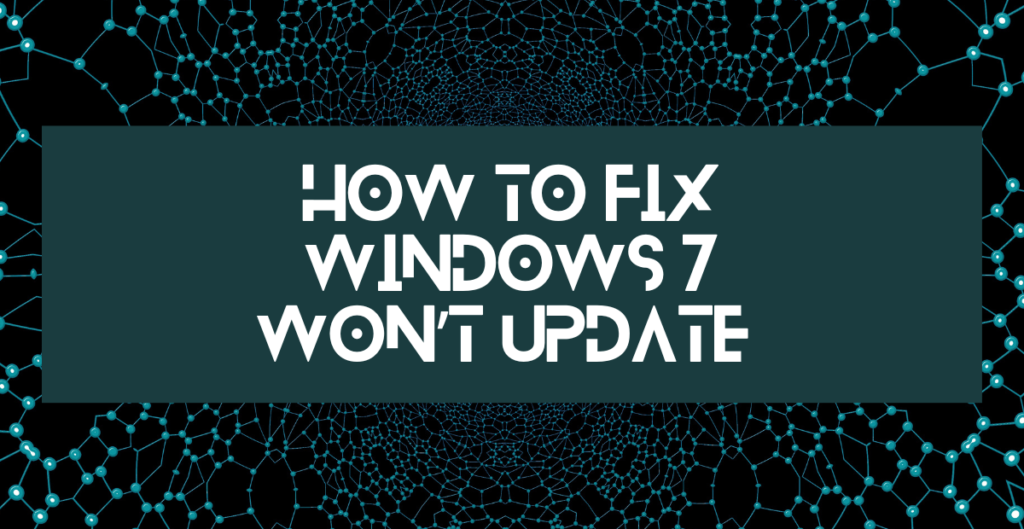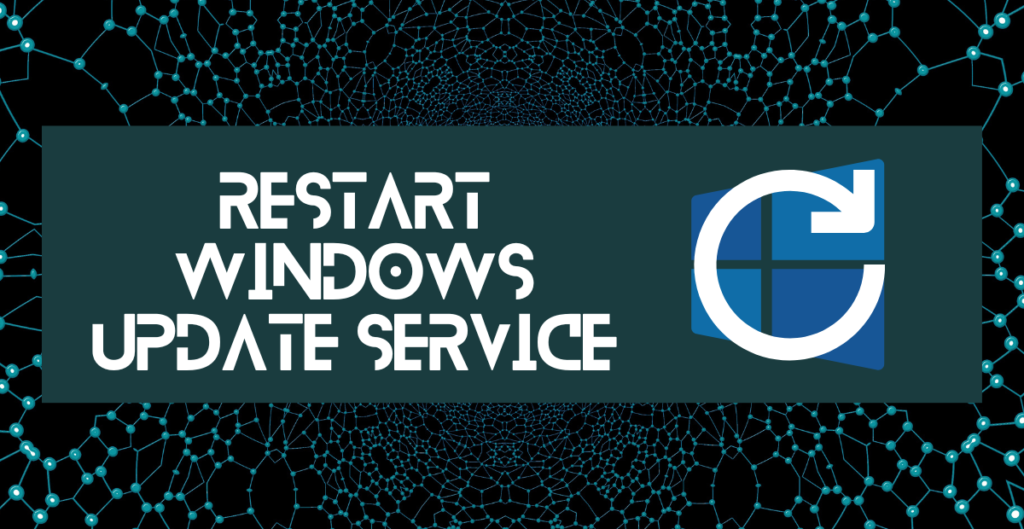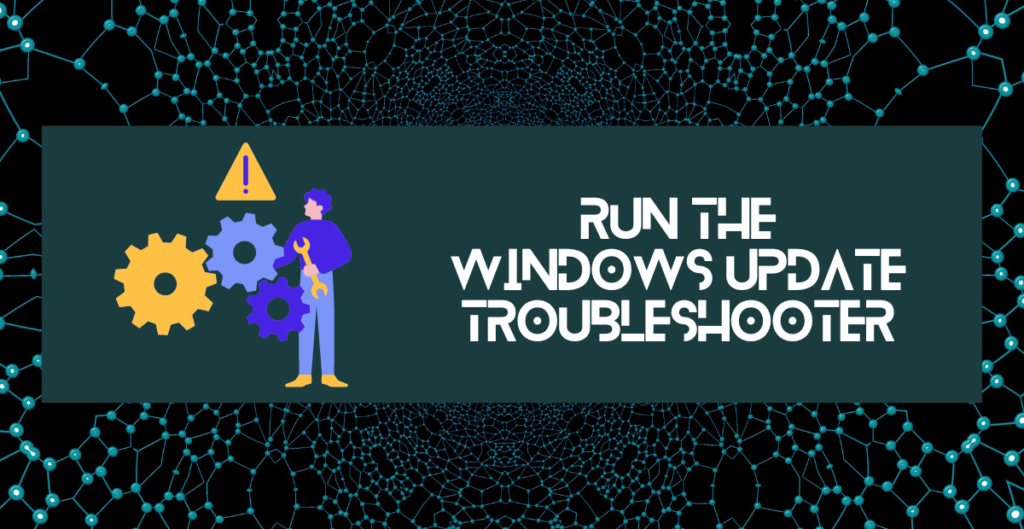
How to Fix Windows 7 Won’t Update
Windows 7 won’t update is a common issue that users have experienced since the release of the operating system in 2009. This problem can be caused by a number of factors, including corrupted system files, conflicting software, and issues with the Windows Update service. In this article, we will discuss how to fix the Windows 7 won’t update issue in 2016 by restarting the Windows Update service.

Restart Windows Update Service
One of the most effective ways to fix the Windows 7 won’t update issue is to restart the Windows Update service. This service is responsible for checking for and installing updates on your computer, and restarting it can help resolve any issues that may be preventing it from working correctly.
To restart the Windows Update service in Windows 7, follow these steps:
- Click the Start button and type “services” into the search bar.
- Click on the Services app to open it.
- Scroll down until you find the Windows Update service.
- Right-click on the Windows Update service and select “Stop” from the context menu.
- Wait for the service to stop completely.
- Right-click on the Windows Update service again and select “Start” from the context menu.
- Wait for the service to start completely.
Once the service has been restarted, you should be able to check for and install updates on your computer as normal.

Run the Windows Update Troubleshooter
If you are experiencing issues with Windows 7 won’t update in 2016, there are several steps you can take to troubleshoot the problem. Two of the most effective methods are running the Windows Update troubleshooter and checking for prerequisites such as Internet Explorer 11 and .NET 4.7.
The Windows Update troubleshooter is a built-in tool that can help identify and fix issues with the Windows Update service. To run the troubleshooter in Windows 7, follow these steps:
- Click the Start button and type “troubleshooting” into the search bar.
- Click on the Troubleshooting app to open it.
- Click on “Fix problems with Windows Update” under the System and Security section.
- Follow the prompts to complete the troubleshooter.
The troubleshooter will scan your computer for any issues that may be preventing Windows Update from working correctly and attempt to fix them automatically.
In addition to running the Windows Update troubleshooter, it is important to check if you have the necessary prerequisites for updating Windows 7. Internet Explorer 11 and .NET 4.7 are two prerequisites that are required for many Windows updates.
Check if you guys have Internet Explorer 11 and also .NET 4.7 (Prerequisites for updating Windows 7)
To check if you have Internet Explorer 11 installed on your computer, follow these steps:
- Click the Start button and type “Internet Explorer” into the search bar.
- Click on the Internet Explorer app to open it.
- Click on the gear icon in the top right corner of the browser window.
- Click on “About Internet Explorer” from the dropdown menu.
- Check the version number next to “Version.”
If the version number is 11 or higher, then you have Internet Explorer 11 installed on your computer. If not, you will need to download and install it from the Microsoft website.
To check if you have .NET 4.7 installed on your computer, follow these steps:
- Click the Start button and type “programs and features” into the search bar.
- Click on the Programs and Features app to open it.
- Scroll down until you find “.NET Framework 4.7” in the list of installed programs.
If .NET 4.7 is not listed, you will need to download and install it from the Microsoft website.
By running the Windows Update troubleshooter and checking for prerequisites such as Internet Explorer 11 and .NET 4.7, you can help ensure that your computer is ready to receive updates and avoid issues with Windows 7 won’t update in 2016.
In conclusion, the Windows 7 won’t update issue can be frustrating for users, but there are several steps you can take to troubleshoot the problem. Running the Windows Update troubleshooter and checking for prerequisites such as Internet Explorer 11 and .NET 4.7 are two effective methods for resolving the issue. If you continue to experience issues with Windows 7 won’t update in 2016, it may be helpful to seek out additional resources, such as online forums or technical support, to get the help you need.
Turn off Windows Firewall
If you’re having trouble with Windows 7 won’t update in 2016, there are several steps you can take to fix the issue. Turning off the Windows Firewall, trying to update after a clean boot, and manually downloading and installing new updates are all effective methods for troubleshooting the problem.
One potential issue that can cause Windows 7 won’t update in 2016 is a conflict with the Windows Firewall. The Firewall is designed to protect your computer from outside threats, but it can sometimes interfere with the Windows Update service. To turn off the Firewall in Windows 7, follow these steps:
- Click the Start button and type “firewall” into the search bar.
- Click on the Windows Firewall app to open it.
- Click on “Turn Windows Firewall on or off” in the left-hand menu.
- Click on “Turn off Windows Firewall (not recommended)” for both the private and public networks.
- Click on “OK” to save your changes.
Note that turning off the Firewall can leave your computer vulnerable to outside threats, so be sure to turn it back on once you have finished troubleshooting the issue.
Try to update after a clean boot
Another potential solution is to try updating Windows 7 after performing a clean boot. A clean boot is a process that disables all non-essential programs and services, allowing you to identify and resolve issues with the operating system. To perform a clean boot in Windows 7, follow these steps:
- Click the Start button and type “msconfig” into the search bar.
- Click on the System Configuration app to open it.
- Click on the “Selective startup” option under the General tab.
- Uncheck the box next to “Load startup items.”
- Click on the Services tab and check the box next to “Hide all Microsoft services.”
- Click on “Disable all” to turn off all non-Microsoft services.
- Click on “Apply” and then “OK” to save your changes.
- Restart your computer and try to update Windows 7 again.
Download and install new updates manually
If you continue to experience issues with Windows 7 won’t update in 2016, another option is to manually download and install new updates. This method can be time-consuming, but it can be effective in resolving issues with the operating system. To download and install updates manually, follow these steps:
- Go to the Microsoft Download Center website and search for the updates you need.
- Download the updates to your computer and save them in a convenient location.
- Double-click on the downloaded file to start the installation process.
- Follow the prompts to complete the installation of each update.
Note that manually downloading and installing updates can be time-consuming and may require some technical expertise. If you are unsure of how to perform this process, it may be helpful to seek out additional resources, such as online forums or technical support, to get the help you need.
In conclusion, if you are experiencing issues with Windows 7 won’t update in 2016, there are several steps you can take to troubleshoot the problem. Turning off the Windows Firewall, trying to update after a clean boot, and manually downloading and installing new updates are all effective methods for resolving the issue. If you continue to experience problems, it may be helpful to seek out additional resources, such as online forums or technical support, to get the help you need.
Download and install new updates manually
If you’re struggling with the issue of Windows 7 won’t update in 2016, manually downloading and installing new updates can be an effective solution. While this method can be time-consuming, it can often help to resolve issues with the operating system and ensure that your computer is up-to-date and functioning properly.
To download and install new updates manually, you’ll need to visit the Microsoft Download Center website and search for the specific updates you need. Once you’ve found the updates, you can download them to your computer and save them in a convenient location. From there, you can double-click on the downloaded file to start the installation process and follow the prompts to complete each update’s installation.
While this process can be time-consuming, it can be helpful in resolving issues with Windows 7 that may be preventing the operating system from updating properly. It’s also a good idea to keep your computer up-to-date with the latest updates and security patches to ensure that it remains secure and stable.
Conclusion
In conclusion, if you’re experiencing issues with Windows 7 won’t update in 2016, manually downloading and installing new updates can be an effective solution. This method can be time-consuming, but it can help to resolve issues with the operating system and ensure that your computer is up-to-date and functioning properly. Be sure to keep your computer up-to-date with the latest updates and security patches to maintain its stability and security. If you continue to experience issues, seeking out additional resources such as online forums or technical support may be helpful in resolving the issue.






